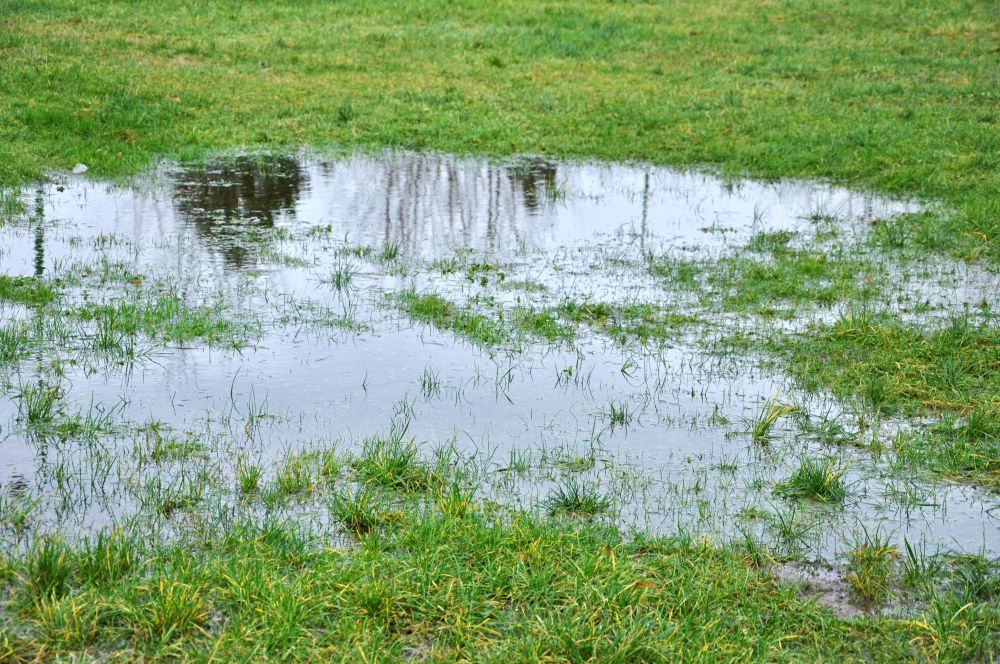Many homeowners in need of Hamilton house washing services don’t realise how quickly grime settles across exterior surfaces. Build-up forms quietly in corners most people overlook and spreads across cladding, trims, paths, and window surrounds. Over time, this grime traps moisture, feeds organic growth, and slowly wears down the finish that protects the home.
When dirt and growth stay on the surface for long periods, maintenance costs climb, paint breaks down, and repairs become more common. The upside is that a consistent washing routine clears away much of this early damage before it becomes a bigger issue.
TL;DR
- Homes pick up organic growth, dust, and moisture-rich deposits faster than most expect.
- Build-up creates long-term damage when it stays on surfaces too long.
- Local humidity and wind exposure drive heavier contamination in many Hamilton suburbs.
- Regular house washing protects paint, improves appearance, and prevents early deterioration.
- Professional washing helps break down stubborn grime without damaging exterior surfaces.
Common Contaminants Found on New Zealand Homes
Organic Growth: Mould, Algae, Lichen, and Moss
Organic growth is one of the most common issues across New Zealand homes. Mould and algae thrive in damp, shaded areas, especially on weatherboard and textured cladding. Lichen and moss cling to surfaces that stay moist for long periods, forming crusty patches that are slow to remove. These growths feed on airborne spores and moisture, gradually staining and weakening protective coatings.
Airborne Deposits: Pollen, Dust, and Traffic Film
Wind carries pollen, road dust, and fine particles that settle on exterior walls. Homes near farmland, busy roads, or construction zones collect these deposits more quickly. As the layer thickens, the paint loses its sharpness and takes on a muted tone. Even when a home looks clean from a distance, a fine film can dull the finish and affect surface quality.
Moisture-Driven Problems: Black Streaks and Biofilm
Moisture attracts another category of contaminants. Black streaks usually appear beneath windows, gutter lines, and spots where water repeatedly hangs. Biofilm forms when organic matter mixes with moisture and bonds tightly to surfaces, resisting quick washes and requiring more targeted treatment.
What Makes House Washing Important for Homes in Hamilton
Local Humidity and Rain Patterns
Hamilton’s humidity keeps surfaces wet for longer, allowing mould and algae to take hold faster. Shaded sides of homes see heavier growth because moisture doesn’t burn off during the day. Wind-driven rain adds streaking and patchy discolouration that worsens through winter.
Soil, Pollen, and Urban Activity
The mix of rural and urban environments around Hamilton creates a constant flow of pollen, dust, and fine particles. This combination settles on cladding, soffits, and window surrounds, bonding more tightly over time and ageing the exterior faster.
Why Frequency Matters More Than Home Age
A newly built home can still collect heavy build-up in a short time. Exposure, airflow, and shade play larger roles than age. Keeping a consistent washing routine maintains surface quality and helps prevent deterioration.
How Build-Up Affects Home Exteriors Long-Term
Early Paint Failure and Surface Wear
Grime traps moisture against paint, accelerating wear and causing early flaking or fading. When dirt mixes with algae or lichen, the surface suffers further stress. Clean surfaces support longer paint life and reduce the need for premature repainting.
Slip Risks on Paths and Decks
Algae on paths, driveways, and decks often develops slowly and becomes slippery without warning. Many homeowners only recognise the hazard after a wet period when traction drops. Regular washing reduces the risk and keeps entry points safer.
Hidden Problems in Gutters and Roof Edges
Grime near gutter lines can lead to overflow, staining, and slow deterioration of roof edges. Once moisture begins seeping into gaps or under paint, repairs escalate. Keeping these areas clean removes a lot of pressure from rooflines.
How House Washing Removes These Contaminants Safely
Soft Washing for Fragile Surfaces
Many New Zealand claddings perform best with soft washing. Controlled pressure paired with the right detergents removes mould, algae, and biofilm without harming the surface. Soft washing avoids forcing water into gaps or damaging coatings.
When High-Pressure Washing Still Has a Place
Paths, concrete surfaces, and some trims benefit from targeted high-pressure treatment. The key is knowing where it’s safe to use stronger force. Skilled exterior cleaners remove stubborn grime without putting the home at risk.
Why Proper Technique Matters More Than Gear
Mistakes happen when the wrong pressure, angle, or chemical strength is used. Poor technique can etch cladding, push water behind protective layers, or strip coatings. Experienced operators understand how each surface reacts and adjust their approach for safe, effective cleaning.
Signs It’s Time for a House Wash
Dull Paintwork or Patchy Discolouration
A home that’s starting to lose its brightness is almost always carrying a thin layer of grime. This film can come from dust, pollen, or algae spores that settle evenly across the surface. Patchy colour changes usually appear first on walls that face prevailing winds or sit close to trees and gardens. When the paint looks tired despite being structurally sound, a wash is overdue.
Green or Black Growth on Shaded Walls
Any hint of green or black on cladding indicates mould or algae has started feeding on moisture trapped on the surface. Shaded walls, areas behind shrubs, and south-facing sides of homes in Hamilton tend to collect the most growth. Once visible streaks or patches appear, the contamination has already taken hold and will spread faster with every damp spell.
Slippery Areas Around Entry Points and Paths
Walkways, decks, and driveways gather algae steadily, especially through autumn and winter. These surfaces often feel slick before they look bad, which catches many homeowners off guard. If steps or entry points feel slippery underfoot, even in dry conditions, the build-up is well past the safe stage and needs attention.
Overflow or Visible Streaking Near Gutters
Dark trails beneath gutters or roof edges signal moisture holding contaminants in place. These marks often show before an overflow becomes obvious. Over time, the streaking becomes harder to lift and starts affecting the finish around soffits and trims. Consistent build-up here also points to possible blockages forming inside the gutters.
Persistent Dust on Window Sills and Trims
Windowsills are early indicators of airborne grime. If dust returns quickly after rainfall or seems to cling more than usual, it’s a sign the home’s exterior is wearing a fine layer of pollutants. Trims that look grey or muted compared to previous years also suggest it’s time for a wash.
Darkening Around Vents, Corners, and Joinery
Areas with low airflow become hotspots for mould and biofilm. Vents, recesses, and corners often trap moisture and organic material that accumulates in small pockets. When these spots start darkening or develop stubborn residue, it shows the home is carrying more grime than most people notice.
A Musty Smell Close to Exterior Walls
Moisture-rich contaminants like algae and biofilm can produce a faint mustiness, especially after rain. If the air near walls smells damp or earthy, the surface has likely accumulated layers of growth that need washing before the problem spreads further.
Smart Maintenance Rhythm for Homes in Hamilton
Ideal Washing Frequency for Local Conditions
Many Hamilton homes benefit from an annual wash, though shaded or moisture-heavy properties often need attention twice a year. Staying ahead of build-up prevents contaminants from becoming entrenched.
How Preventive Washing Saves Money Long-Term
Regular washing protects paint, avoids long-term staining, and keeps surfaces healthier. When grime is left alone, the cumulative damage leads to higher repair costs and early repainting. A steady maintenance rhythm is more cost-effective and keeps the property in better condition.
Wrapping Up the Essentials
Homes accumulate far more grime than most people realise. Contamination binds to surfaces, holds moisture, and affects exterior coatings over time. Local conditions in Hamilton accelerate this process, making house washing an important part of protecting the home’s value. Consistent maintenance prevents premature wear, reduces hazards, and keeps the property looking sharp.
Experienced exterior cleaners bring the skills, technique, and care needed to remove stubborn build-up safely. Their work keeps homes healthier year-round and helps homeowners avoid the higher costs that come with long-term neglect.


